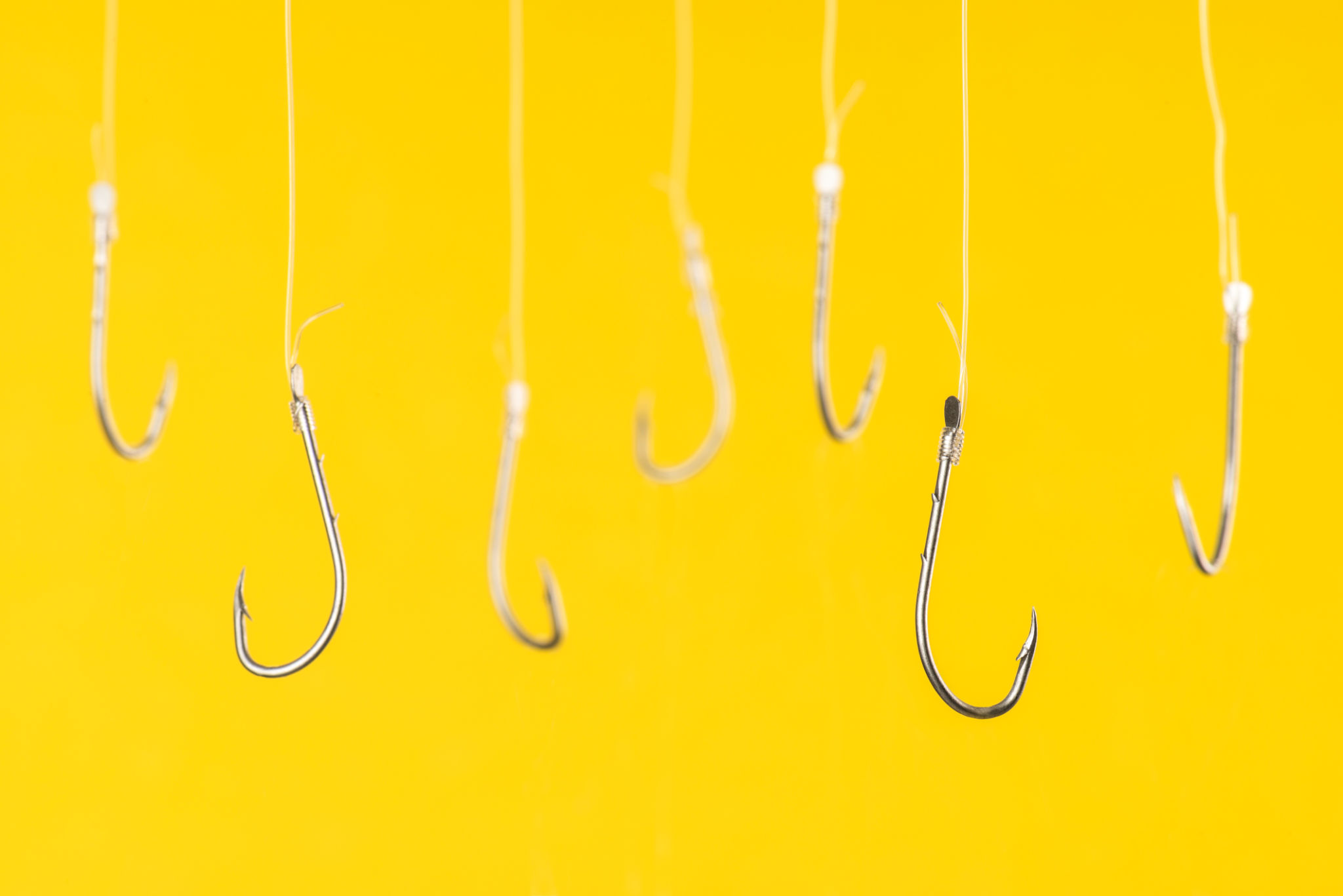DIY Pest Control Tips: What You Can Do Before Calling a Professional
Understanding the Pest Problem
Before diving into DIY pest control methods, it’s crucial to understand the type of pest you’re dealing with. Identify whether it’s ants, rodents, cockroaches, or any other common household pest. Knowing your enemy is half the battle. Once identified, you can tailor your approach to effectively manage the situation.

Research the habits and habitats of the pest you’re dealing with. Understanding their behavior will help in setting traps or applying deterrents more effectively. For example, cockroaches are nocturnal and prefer dark, warm places, while ants are usually found near food sources.
Inspect and Block Entry Points
Your first line of defense should be inspecting your home for potential entry points. Pests can enter through cracks in walls, gaps in windows, or even through plumbing. Seal these entry points using caulk or weather stripping to prevent further infestations. Doing so not only keeps pests out but also improves energy efficiency in your home.
Additionally, ensure that doors and windows are properly fitted and that screens are intact. A thorough inspection can significantly reduce the likelihood of pests entering your home uninvited.

Maintain Cleanliness
Keeping your living space clean is one of the simplest yet most effective ways to deter pests. Pests are attracted to food and water sources, so maintaining hygiene can make your home less inviting. Clean up spills immediately, store food in airtight containers, and ensure garbage is regularly disposed of.
Pay special attention to kitchen areas, as crumbs and spills often go unnoticed under appliances or in hard-to-reach corners. Regular vacuuming and sweeping can help keep these areas pest-free.

Use Natural Deterrents
If you prefer a chemical-free approach, several natural deterrents can help keep pests at bay. For instance, peppermint oil is known to repel ants and spiders. Simply mix a few drops with water and spray it around entry points or problem areas.
Citrus peels can also be effective against pests like cockroaches. Place them in cupboards or other infested areas to deter these unwanted guests naturally.
Set Traps and Baits
Traps and baits are effective tools for managing pest populations. Choose traps specific to the type of pest you’re dealing with. For example, snap traps work well for rodents, while sticky traps are effective against insects.
Bait stations can help manage ants and roaches. Ensure they are placed in strategic locations where pests are most active. Remember to check traps regularly and dispose of them according to local regulations.

Know When to Call a Professional
While DIY methods can be effective for minor infestations, there are times when professional intervention is necessary. If you notice an infestation is growing despite your efforts, or if you’re dealing with dangerous pests like wasps or termites, it’s wise to consult a professional pest control service.
Professionals have the expertise and tools needed to address larger infestations safely and efficiently. They can also provide advice on preventing future problems, ensuring long-term peace of mind.
By following these DIY pest control tips, you can take proactive steps to manage minor infestations and maintain a pest-free environment in your home. However, always prioritize safety and know when it’s time to call in an expert.